What role does the Baltic Sea region play in Saab’s marketing and sales strategy in regional and global terms?
It’s very important, and the main reason for that is that Saab originates from Sweden, we have more than 12,000 employees here, and that’s an important starting point. But also, Saab has an installed product base in all Baltic Sea countries, excluding Russia for obvious reasons, and we have operations in several of those countries. And we see that all the countries in the region are investing more in defence and security due to the change in the security environment. I think also that if we would calculate the numbers of how big our yearly sales are, it would be significant for Saab, in the global comparison, from this region.
It also is important for the reason that we have research and development activities ongoing in several countries around the Baltic Sea, which is very important for us. Industrial cooperation works well. There are functioning R&D models so, it’s a mature market in general terms.
But, I also would like to say, that Saab has plans and ambitions to grow globally beyond the Baltic Sea and Northern Europe region. Saab is globally present and we’re looking closely at what’s happening in the UK, North America and the United States, South America, Asia-Pacific and the Middle East as well as Africa. We have a global strategy also covering all continents.
Does the fact that, as you already mentioned, Saab originated from Sweden, affect in any way your perception of the Baltic Sea region in terms of sales and industrial cooperation priorities?
Yes, absolutely. This is a really straightforward answer. Firstly, I would say that, if we look when Saab originally started, the purpose was for manufacturing fighter aircraft for Sweden. So, it was then a domestic oriented company. That approach has dramatically changed to include a regional and global approach from the end of the 1980s.
On a good note we have learned from cooperating with our Baltic Sea neighbours, specifically those who are NATO countries, which most of them are. The NATO interoperability capability has been a very important factor since the early 1990s. As you know Sweden joined NATO’s Partnership for Peace programme in 1994, and has been a very active member since. At that time Saab started to focus on making sure that whatever we manufacture must be exportable. That was a positive change for us. Interoperability is very important in defence structures today. Not only when operating domestically, even more when someone operates and conducts exercises with other countries. And Saab sees an increase in combined and joint operations. We have a strong global footprint for example in our interoperable training and simulation equipment offer.
One key prerequisite for Saab sales in the region is of course that we follow the valid export regulations from the Swedish Government. All countries around the Baltic Sea, except Russia, are on the ‘green’ side for export sales, hence it’s rather easy for Saab to work with them in this perspective. There’s also another point to that. If you want to contribute to your neighbours’ security, it matters for Saab and the wider Swedish society. And as you know, there was strong political support, including large donations from Sweden to the Baltic countries, in the 1990s, when the Warsaw Pact collapsed. There were large donations of defence equipment from Sweden to the Baltic States. That was a very strong political gesture, showing that Sweden wanted to contribute to the build-up of their defence structures and capabilities. It was not only equipment, it also included training packages and staff officers embedded in that programme, which lasted for many years.
Why do I bring this up? It’s because much of the equipment provided by the Swedish Defence Forces as a donation were originally manufactured by Saab. Hence, Saab took part in that activity at the same time, because we have the original equipment manufacturer responsibility for the products, even if they were provided in a political donation. That’s also why we started to learn more about these three countries: Estonia, Latvia and Lithuania. So, we’ve been present in the Baltic States since those days. Now, we’re growing also into interesting relationships with the local defence industry and defence structures, and now they have developed their own defence procurement structures and activities.
The perception is that we really would like to take care of our neighbours and support them, both from the governmental side and from the industrial side. Mostly we do it together and sometimes we do it separately, but in accordance with a joint strategy.
What is your plan for marketing and promotion of your products among the Baltic Sea region countries?
First of all, we have several tools. Then the question is, what is our strategy to either enter a country or continue in one where our activities are already ongoing. It’s a huge difference, if we compare which tools we use in a country like Finland, Denmark or Germany, because we have already ongoing operations in those countries. There we are like a local part of the industrial and defence ecosystem as a company. Then you use different tools and take different actions or strategies depending on the ambition we have in the individual country.
When it comes to Estonia, Latvia and Lithuania, we have been there more than 20 years thanks to the installed product base, but as a market we can still see that they are a little bit too small to make a big footprint of putting in our operations. So there we have other strategies and tools we’re using for how to become an even more attractive industrial partner. The latest development there was in fact at the end of September 2019 when Saab opened a new office in Lithuania.
When we come to Poland, we have two offices with Polish staff that work in business development and marketing and sales. We have good relations to all key stakeholders on the defence market. I think that we are in some kind of pivot status in the coming years, depending a little bit on how the Polish market will evolve. I can tell that I am preparing for entering into a bigger footprint here. For Poland we see significant interest in many of Saab’s business units. Saab uses several tools in promoting our products. We take part in think-tank activities. There are bilateral talks between our governments. We do innovation seminars. We’re taking part in other different activities as good as we can. Of course, there are procurement talks ongoing constantly. We are in frequent contact with the Armaments Inspectorate and the end-users. On the industrial side, I would like to mention that we already have contracted Polish companies for the ongoing Swedish A26 submarine programme.
As I indicated above, we are at the stage of preparing our next step in Poland. I cannot say in detail when we’ll move from just being a local sales office with an installed product base and where we see the next developed scenario for Saab in Poland. However, that could be a technology transfer project and some kind of operational activities in the near years to come.
To continue with the topic, what role does the cooperation with local industry, whereas in Poland, Baltic States, Germany, Norway or Finland play in your marketing, sales and RnD strategy?
If we start in the area of R&D, which is rather important for Saab to discuss. Firstly, Saab invested in 2018 23% of our yearly sales in R&D. It is a very large percentage in any comparison. There’s a reason for that. Saab would like to be a company at the forefront of the selected technologies we choose. Technologies which are and will be important for us in the future. We have defined our five key strategic technology areas and then we have an opening for some of the new interesting technology areas, like cyber, space, or AI etc. The purpose for this large investment is that we see that this is the only way for Saab to survive in the competitive global market. It is an investment in our future. We are open to find cooperation partners in R&D. For example, Saab is active on the European level in the EDA R&D programme, OCEAN 2020. Several Baltic Sea countries, including Poland, participate in the programme.
On innovation, we are engaging in a model, which we call the triple helix. We engage with other industries and with academia. Sometime we do things only with academia or only with industry. And then there’s the third body into the triple helix model, which is the governmental structures. We have just stepped up an R&D centre in Finland, which is a part of our bigger growth scenario.
We invest also in Denmark, in the area of advanced communication systems. In Germany we’re also investing heavily in different areas. One is the area of electronic warfare. For Poland I would say that we have not yet started to do any significant R&D activity. However, in the innovation area, in which Saab is also very good, we have an ongoing cooperation with the Naval Academy in Gdynia.
In terms of industrial cooperation in Poland, we are talking to many companies and ask them if we can find some joint activities and solutions for open programmes. We discuss with government-owned as well as private industry. The other thing is that we are constantly looking for partnerships for challenging our existing global supply chain. Even if we have a supply chain for our products, every year we find new companies, which do even better quality, better performance and to a lower price. Then we challenge our supply chain. And I would like to mention the Famor company from Poland. They are contracted by Saab and are doing really good in the A26 programme.
Does Saab perceive the change in the security system in the Baltic Sea region as a chance to enhance and improve its sales opportunities?
Looking at how we’re growing in our staffing and yearly sales growth in the region, it goes without saying. We notice that defence investments [among particular states in the region – MILMAG Int.] are growing. Saab tries to make sure that it optimises our already installed product base and looks at how can we grow in those areas. And then the key importance is how do we grow and broaden our footprint. It’s a lot about having a close dialogue with the customer and being present locally. We have a rather comprehensive approach to strategic industrial partnerships.
What Saab is currently noting is that all the Baltic countries have a rather small industrial base for defence. But what we also see is that it’s not just about the possibility to manufacture some less complex systems and maintenance, but they also have an appetite for some high performance components. Lithuania, for example, is extremely strong in laser technology.
For Poland, we are already engaging with the shipyards. We have installed product base in the Polish Navy, so we’re trying to take care of that as good as we can, with the RBS-15 missile system, surface radars and other sensors. We also notice that to a larger extent in Poland there is a political appreciation that if we include industrial cooperation in projects it’s seen as an added value. However, we don’t only look at that from the political perspective. For us it has to make business sense in the marketplace. I think there is a good situation in Poland, as you have a very skilled workforce in general, which we believe that we could integrate into different layers of future joint delivery programmes.
What investment and modernization priorities do you recognize in each of the regional countries?
If we look at Finland for example, it has a very interesting model of how it prioritizes particular services over a 20-year period. They are extremely strategic with what they’re doing. Now they work in the time window, where the Navy is in focus. One clear proof of this is the recently contracted Squadron 2020 programme, where Saab signed a contract with Finland with a value of more than 400 million euro.
The priorities in the Baltic States are in a way rather similar to each other. They all focus on Land forces, including mechanization, artillery, anti-tank, air defence and air surveillance etc. They have started to look into Navy development for the future. Today they have the MCM capability. In the Air side, the countries focus mostly on air basing and the host nation support for the Baltic Air Policing mission. Special Forces and the local territorial forces are also very important.
For Poland land forces are of great importance, including the air defence, along with the Air Force and Special Forces and build-up of the Territorial Defence Force. The Navy seems to be less prioritized currently. However, the new 2021-2035 Technical Modernization Plan from MoD has high ambitions for all services.
Germany is investing in all of its armed forces rather evenly as far I know. Saab has operations in Germany. It is a very good country for Saab sales. Denmark is a little bit on the lower scale of absolute sales numbers for Saab, but it makes defence investments and we have sales in all the services and we have operations in Denmark.
What about Sweden and its investment and modernization priorities?
Sweden is for Saab the single biggest market. In Sweden there is a joint political commitment to increase the defence budget. The Gripen E programme is of course one priority for Sweden. As well as the different submarine programmes. Both those programmes are in the hands of Saab. Air defence investments will continue. The new surface vessels programme will also be looked at. There will be significant investments in sensor projects and all branches of the Land forces.



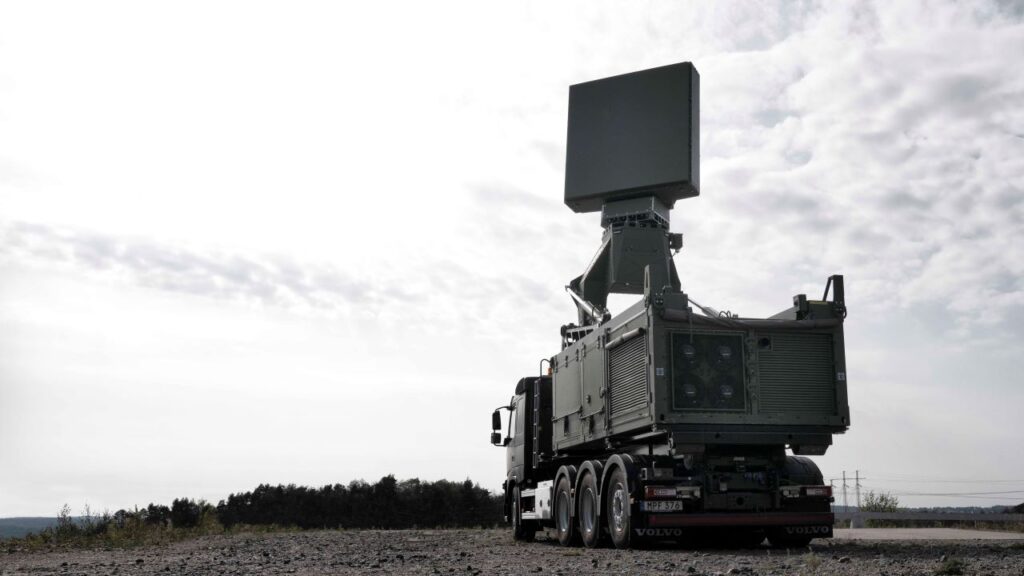
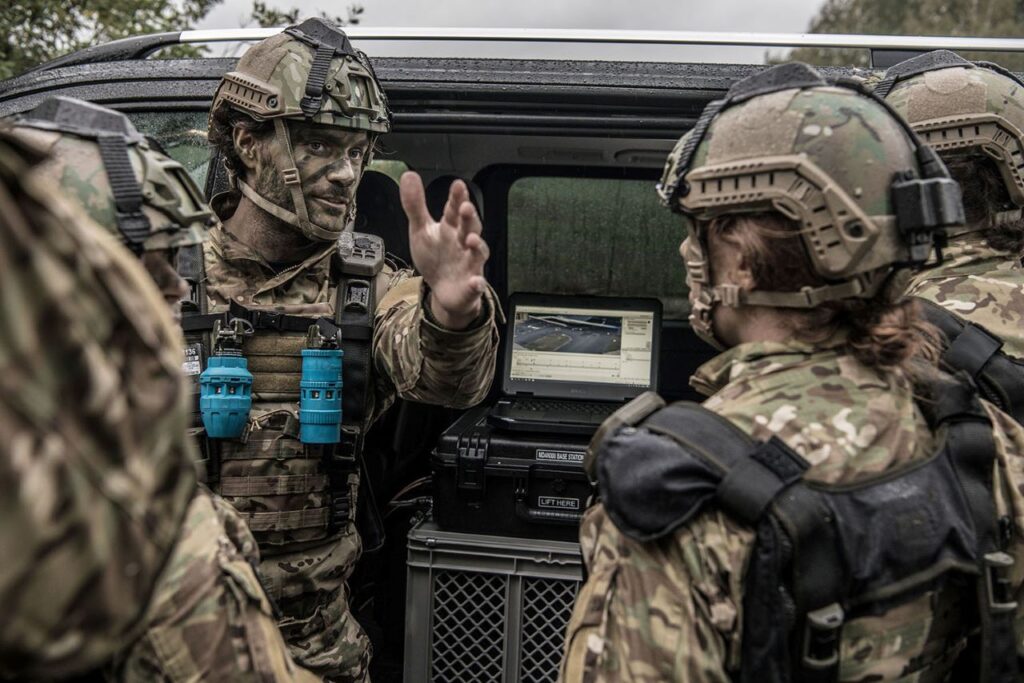
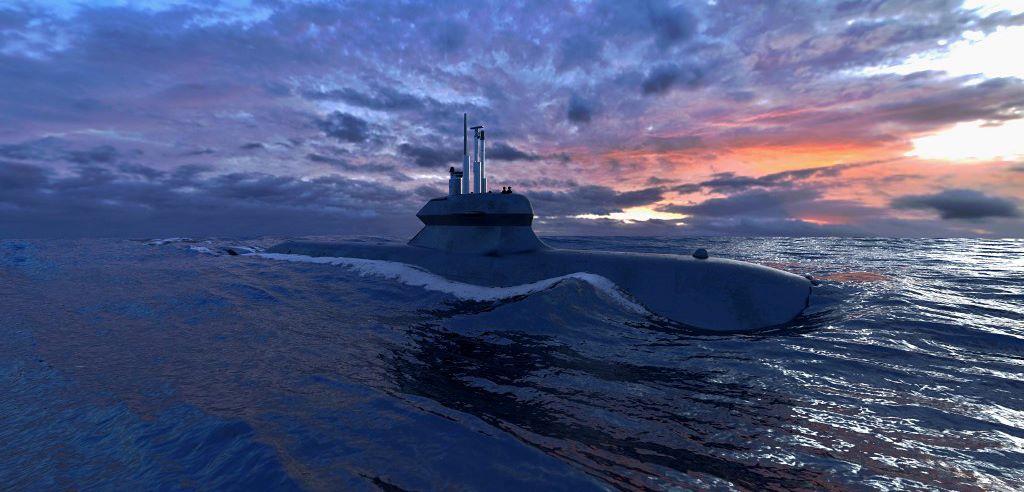
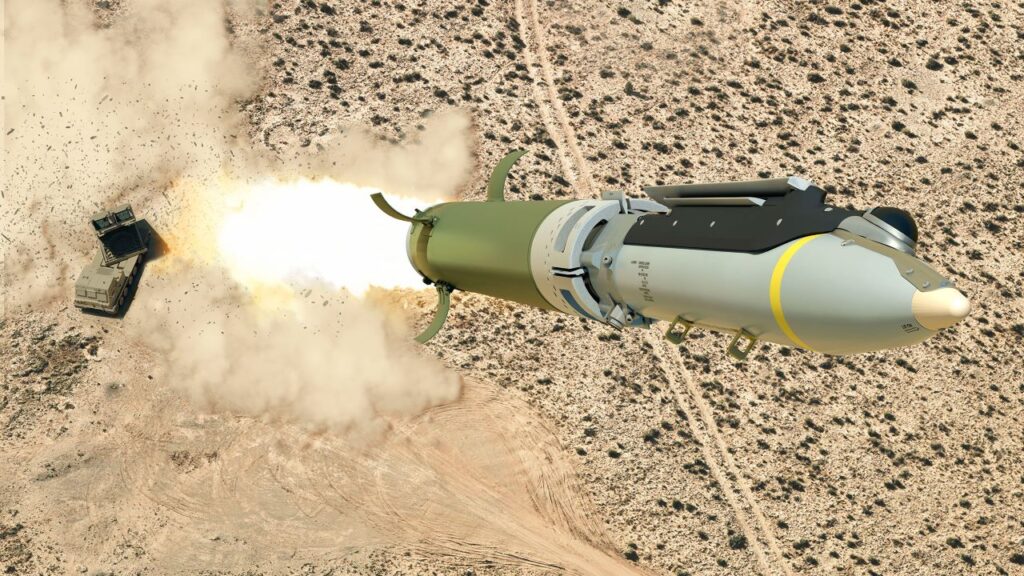
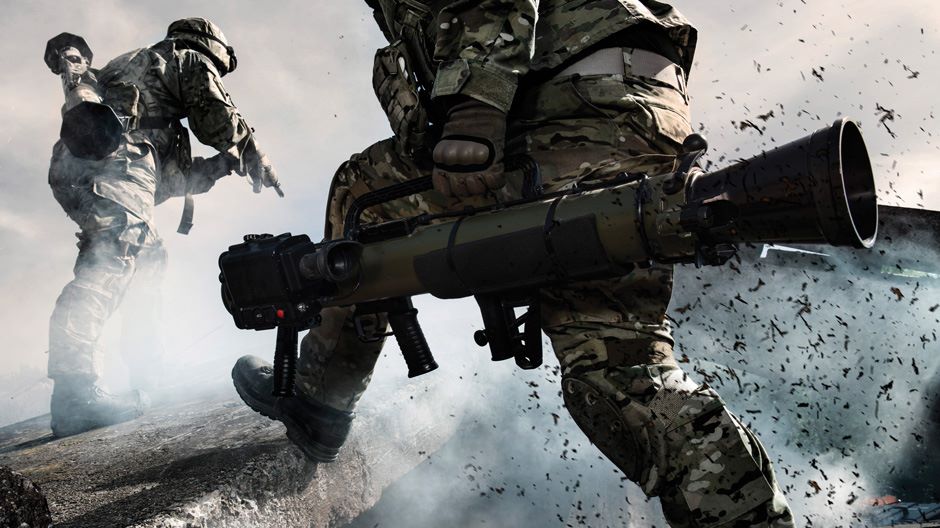


Comments
Nobody has commented on this article yet.